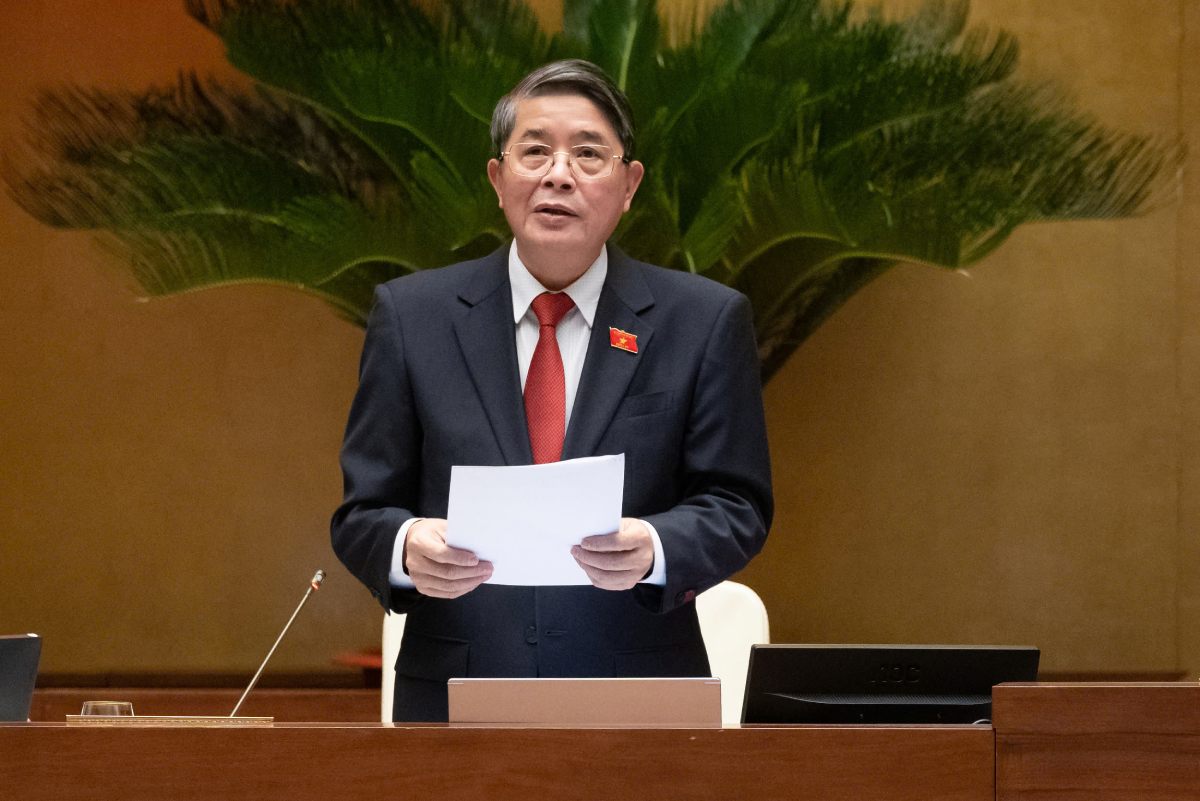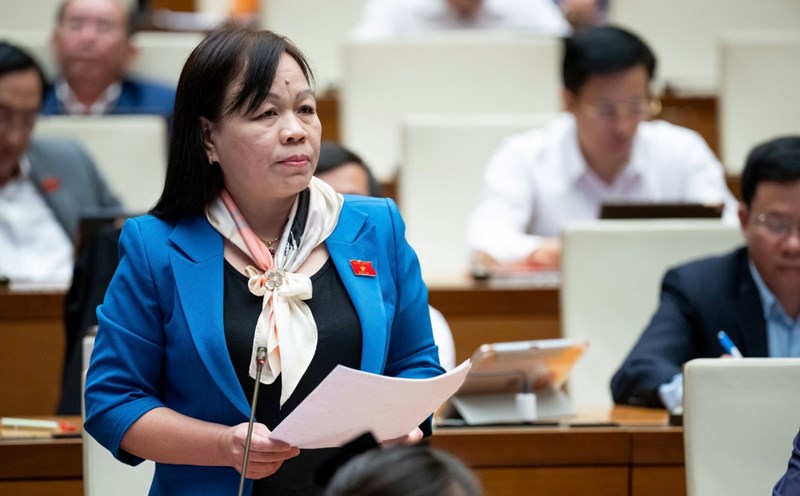On the afternoon of November 29, continuing the 8th Session, with 441/448 National Assembly delegates participating in the vote, the National Assembly passed the Law on Public Investment (amended).
The Law on Public Investment (amended) consists of 7 Chapters and 103 Articles, regulating state management of public investment; management and use of public investment capital; rights, obligations and responsibilities of agencies, units, organizations and individuals related to public investment activities.
This Law applies to agencies, units, organizations and individuals participating in or related to public investment activities, management and use of public investment capital.
The Law on Public Investment has provisions to classify public investment projects. In particular, when approving investment policies for important national projects, group A, B, C projects, competent authorities have the right to decide whether or not to separate the content of compensation, support, resettlement, and site clearance into independent component projects.

The Law also stipulates criteria for classifying important national projects, group A, B, C projects.
In which, a national key project is an independent investment project or a cluster of closely linked projects that meet one of the following criteria:
Using public investment capital from 30,000 billion VND or more; having a major impact on the environment or potentially having a serious impact on the environment; Using land that requires changing the purpose of land use for rice cultivation from two crops or more with a scale of 500 hectares or more.
Resettlement of 20,000 or more people in mountainous areas, 50,000 or more people in other areas; Projects requiring the application of special mechanisms and policies need to be decided by the National Assembly.
One of the notable new points of the Law on Public Investment (amended) is the authority to decide on investment policies for group B and C projects.
Decentralization to People's Committees at all levels to decide on investment policies for groups B and C managed by localities is a major change from the authority of People's Councils at all levels to People's Committees at all levels.
To ensure strictness, the Law has added the authority to "decide on project investment policy" along with the responsibility to "report to the People's Council of the same level at the nearest session".
In the spirit of innovation, the Law on Public Investment (amended) has assigned the Prime Minister to decide on adjusting the medium-term public investment plan using central budget capital in the following cases:
Adjust the medium-term public investment plan of central budget capital among ministries, central agencies and localities in case it does not exceed the total medium-term capital level decided by the National Assembly, ensure effective use of capital and report to the National Assembly at the nearest session.
Another case is adjusting the medium-term public investment plan of central budget capital internally and between sectors, fields, and programs of ministries, central and local agencies within the total medium-term capital of each ministry, central and local agency decided by the National Assembly.
Regarding the pilot and specific mechanisms and policies that have been allowed to be applied by the National Assembly, they are also stipulated in the law, such as: Separating compensation and resettlement work into independent projects; assigning a provincial People's Committee as the competent authority to implement projects that pass through two or more provincial administrative units; allowing the provincial People's Council to arrange local budget capital to entrust the implementation of credit policies through the Social Policy Bank.











